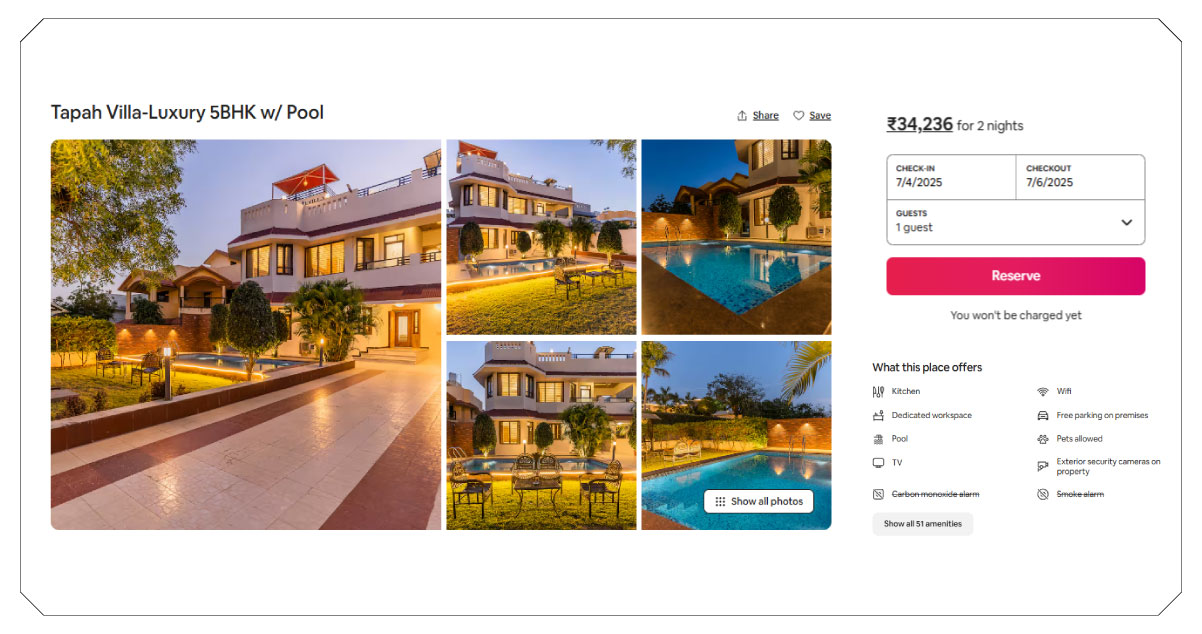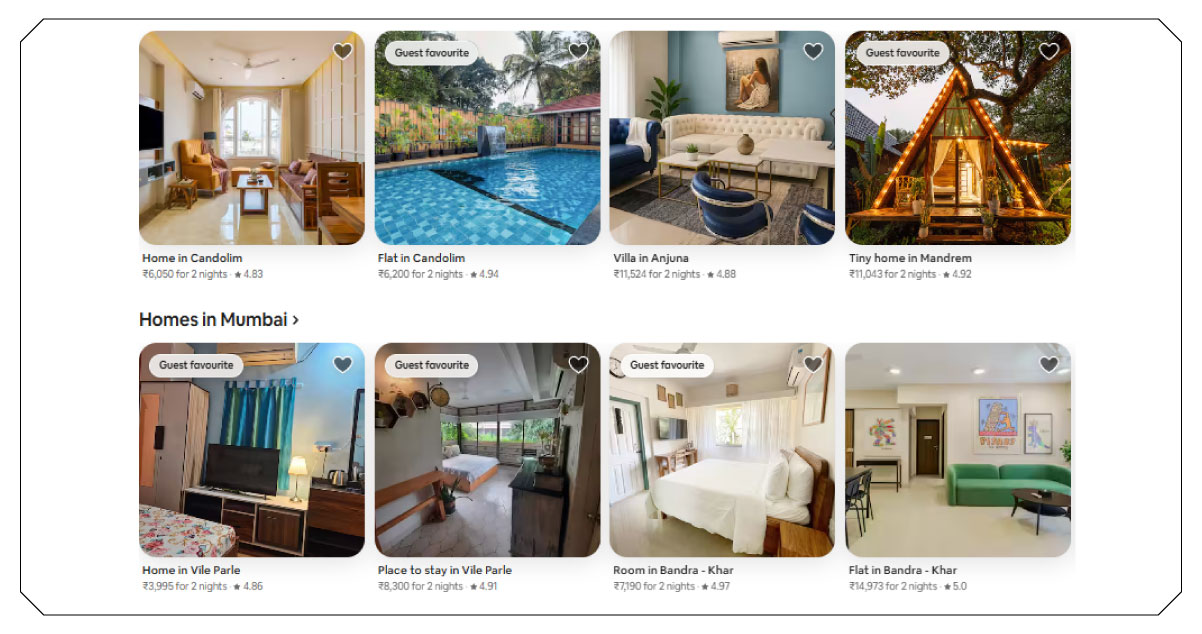How Vacation Rental Platforms Use Pricing Data to Stay Competitive in 2025

Introduction
In 2025, vacation rental platforms are operating in one of the most dynamic and competitive travel markets the industry has ever seen. With evolving guest preferences, growing inventory, and rising operational costs, staying competitive demands more than just an attractive property listing. One of the most powerful tools these platforms are now leveraging is pricing data. Real-time insights and advanced analytics are transforming how vacation rentals are priced, promoted, and optimized to outperform the competition.
The Evolving Role of Pricing in Vacation Rentals

Historically, pricing vacation rentals was based on manual estimations, seasonal trends, and competitor rates. However, this static model fails to keep up with today's fast-moving travel landscape. In 2025, platforms that rely on real-time data and intelligent pricing strategies are outperforming traditional operators by significant margins.
With dynamic pricing, platforms can adjust rates automatically based on variables such as booking demand, local events, day of the week, competitor availability, and even weather. This level of precision helps maximize both occupancy rates and revenue per night.
Why Pricing Data Is the New Competitive Edge

Platforms like Airbnb, Vrbo, and niche regional players are turning to data scraping and pricing intelligence tools to gain visibility into competitor listings and market dynamics. By being able to extract vacation rental pricing data across regions and platforms, businesses gain access to:
- Competitor rate benchmarking
- Market demand forecasting
- Occupancy optimization
- Identification of underpriced/overpriced listings
- Trends across cities, seasons, and property types
These insights are crucial for setting the right price at the right time, ensuring properties are neither overpriced (leading to low occupancy) nor underpriced (resulting in revenue loss).
To learn more about how platforms efficiently gather this data, visit our page on extracting vacation rental pricing data.
Real-World Applications of Vacation Rental Pricing Data
Modern platforms don’t just collect pricing data—they act on it. Here are a few ways leading vacation rental platforms apply these insights:
- Dynamic Pricing Engines: Tools that automatically update listing prices based on competitor rates, historical trends, and supply-demand shifts.
- Localized Rate Strategies: Tailoring prices based on regional behavior. For example, beach destinations may command higher weekend premiums, while urban rentals may peak midweek.
- Seasonal Optimization: Adjusting prices as booking windows change, such as early-bird discounts or last-minute surge pricing.
- Portfolio Performance Analysis: Identifying which properties are performing above or below market standards and adjusting pricing or marketing accordingly.
Tools Powering Data-Driven Pricing Decisions

Many platforms use external vacation rental data scraping services to access real-time pricing intelligence at scale. These tools can aggregate and analyze listing data from multiple sources including OTAs (Online Travel Agencies), property management systems, and review platforms.
To further explore how travel brands leverage this data, see how others scrape vacation rental reviews to align pricing with guest expectations.
Other use cases include:
- Automated Rate Suggestions: Algorithms recommend price changes based on occupancy, demand spikes, or local events.
- Competitor Monitoring Dashboards: Real-time tracking of competing listings and price fluctuations.
- AI-Powered Forecasting Models: Predictive tools that help property managers set future rates months in advance.
Benefits Beyond the Bottom Line
Besides increasing revenue, effective pricing strategies offer several auxiliary benefits:
- Improved Guest Satisfaction: Fair and transparent pricing leads to better reviews and higher repeat bookings.
- Brand Credibility: Competitive and consistent pricing helps position a platform as trustworthy and data-savvy.
- Scalability: As vacation rental portfolios grow, automated pricing ensures consistent strategy execution without manual overhead
Integrating with Broader Travel Ecosystems
In addition to pricing, leading platforms integrate scraped data with other metrics such as guest reviews, availability, and booking patterns. This creates a full-stack view of performance and market dynamics.
For example, platforms often pair pricing insights with broader web scraping for travel reviews to refine their listings, offerings, and positioning.
The Future of Vacation Rental Pricing

The future is algorithmic. As AI and data scraping tools become more refined, pricing models will evolve from reactive to predictive. In 2025 and beyond, we’ll see:
- Greater use of machine learning for pricing automation
- Deeper integrations between pricing tools and PMS (Property Management Systems)
- Custom data dashboards for real-time decision making
- Cross-platform rate parity monitoring
By staying ahead of these trends, vacation rental platforms can maintain a strong market position and better serve both property owners and guests.
Conclusion
In a crowded market, data is the difference-maker. Vacation rental platforms that extract vacation rental pricing data and apply it strategically are far better positioned to navigate the challenges of 2025. From dynamic pricing engines to integrated analytics dashboards, the smartest players are letting data guide their pricing—and their success.
Ready to stay ahead? Tap into our travel web scraping services, automate insights through the Travel Scraping API, or expand your reach with travel aggregator data scraping for a smarter, scalable strategy.